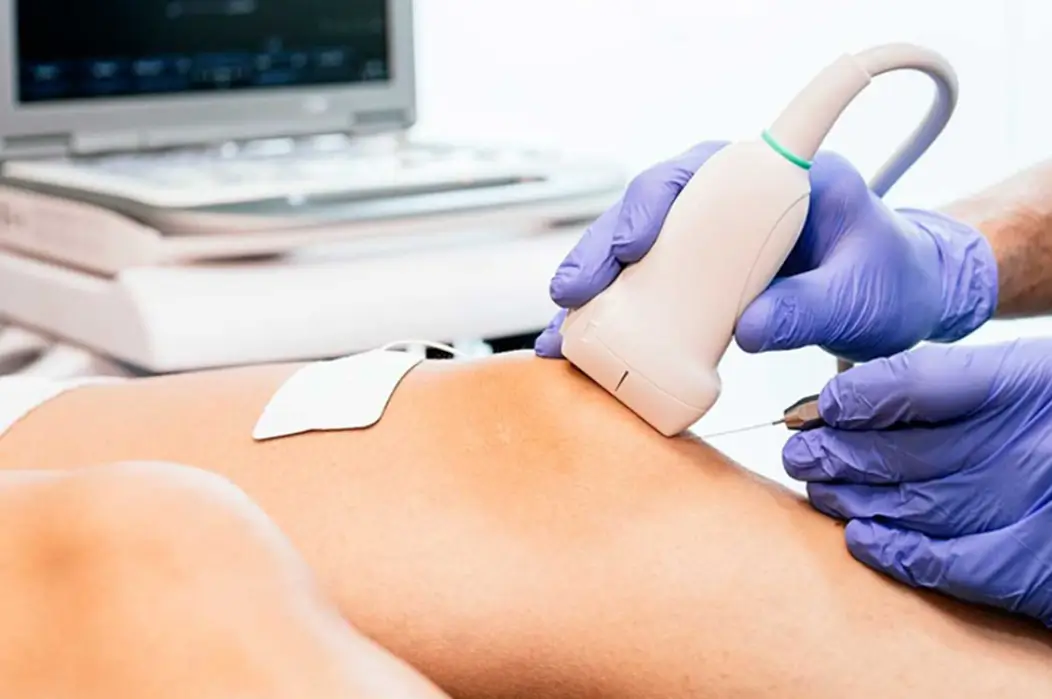Viscosupplementation for Arthritis: An In-depth Exploration
Arthritis affects millions worldwide, with osteoarthritis being a prevalent form that deteriorates the quality of life by restricting mobility and causing significant pain. In the search for effective treatments, viscosupplementation has emerged as a promising option for many. Viscosupplementation treatment involves the injection of hyaluronic acid into the joint, aiming to restore the fluid balance, lubricate the joint, and act as a shock absorber, thereby reducing the arthritis symptoms.
Understanding Viscosupplementation
Hyaluronic acid is a naturally occurring substance found in our joint fluid, known for its lubricating and cushioning properties. In patients with osteoarthritis, the concentration of hyaluronic acid decreases, leading to increased friction and pain in the joint. By injecting additional hyaluronic acid directly into the joint space, viscosupplementation seeks to improve joint function and reduce discomfort, with the knee being the most common site for treatment.

When to Consider Viscosupplementation
This treatment is particularly beneficial for patients who have not found relief through more traditional methods such as physical therapy, NSAIDs, or corticosteroid injections. It is primarily recommended for those with mild to moderate osteoarthritis. Research suggests that viscosupplementation can lead to improved mobility and pain reduction, with effects potentially lasting for several months post-treatment. It is also seen as a step to potentially delay the need for joint replacement surgery in suitable candidates.
Potential Risks and How to Mitigate Them
While viscosupplementation is generally safe, with severe complications being rare, patients might experience localized reactions such as pain at the injection site, swelling, or warmth. Less commonly, there could be risks of infection, bleeding, or allergic reactions. The procedure’s safety is continually being enhanced through advancements in injection techniques, including ultrasound-guided viscosupplementation injections that ensure precise delivery of hyaluronic acid to the affected area.

Preparation and Procedure
Preparation for viscosupplementation is minimal, requiring patients to maintain their usual diet and medication regimen unless advised otherwise. The treatment itself is quick, often completed within a regular office visit, and involves minimal discomfort thanks to local anesthetics. The healthcare provider might also employ imaging techniques for greater accuracy.
What to Expect Afterward
Post-procedure, patients are typically able to resume their daily activities with minimal downtime, though it’s advised to avoid strenuous activities for a short period. The full benefits of the treatment might not be immediate, as the injected hyaluronic acid takes time to integrate into the joint fluid and begin its work of reducing pain and improving mobility.
Efficacy and Future Treatments
The effectiveness of viscosupplementation can vary, with some patients experiencing significant relief for up to several months. For those who respond well to treatment, repeat viscosupplementation injections may be considered as part of a long-term management strategy for osteoarthritis. However, if viscosupplementation does not provide the desired relief, it’s crucial to discuss other options, including the potential for surgical interventions, with your healthcare provider.
Making an Informed Decision
Before opting for viscosupplementation, ensure you have a thorough understanding of the treatment, including its purpose, what to expect during and after the procedure, and any potential risks. Discussing with your healthcare provider about your specific situation, medical history, and the long-term management plan for your arthritis is essential to making an informed decision that aligns with your health goals and lifestyle.
In the broader context of arthritis treatment, viscosupplementation represents a key option within a comprehensive approach to managing the condition, offering hope and improved quality of life for many patients struggling with the daily challenges of osteoarthritis.
Frequently Asked Question
Viscosupplementation for arthritis involves injecting a gel-like substance into the joint to improve lubrication and reduce pain in arthritic joints.
Viscosupplementation injections supplement the natural synovial fluid in arthritic joints, providing better lubrication and cushioning, which can alleviate pain and improve mobility.
Viscosupplementation treatment involves a series of injections into the affected joint to reduce pain and improve joint function in arthritis patients.
Viscosupplementation treatment can be effective in managing symptoms of arthritis, particularly osteoarthritis, by providing better joint lubrication and cushioning.
Common arthritis medications include nonsteroidal anti-inflammatory drugs (NSAIDs), corticosteroids, disease-modifying antirheumatic drugs (DMARDs), and biologic agents.
Arthritis treatment injections include corticosteroids, hyaluronic acid, and platelet-rich plasma injections, which aim to reduce inflammation, provide lubrication, and improve joint function.

